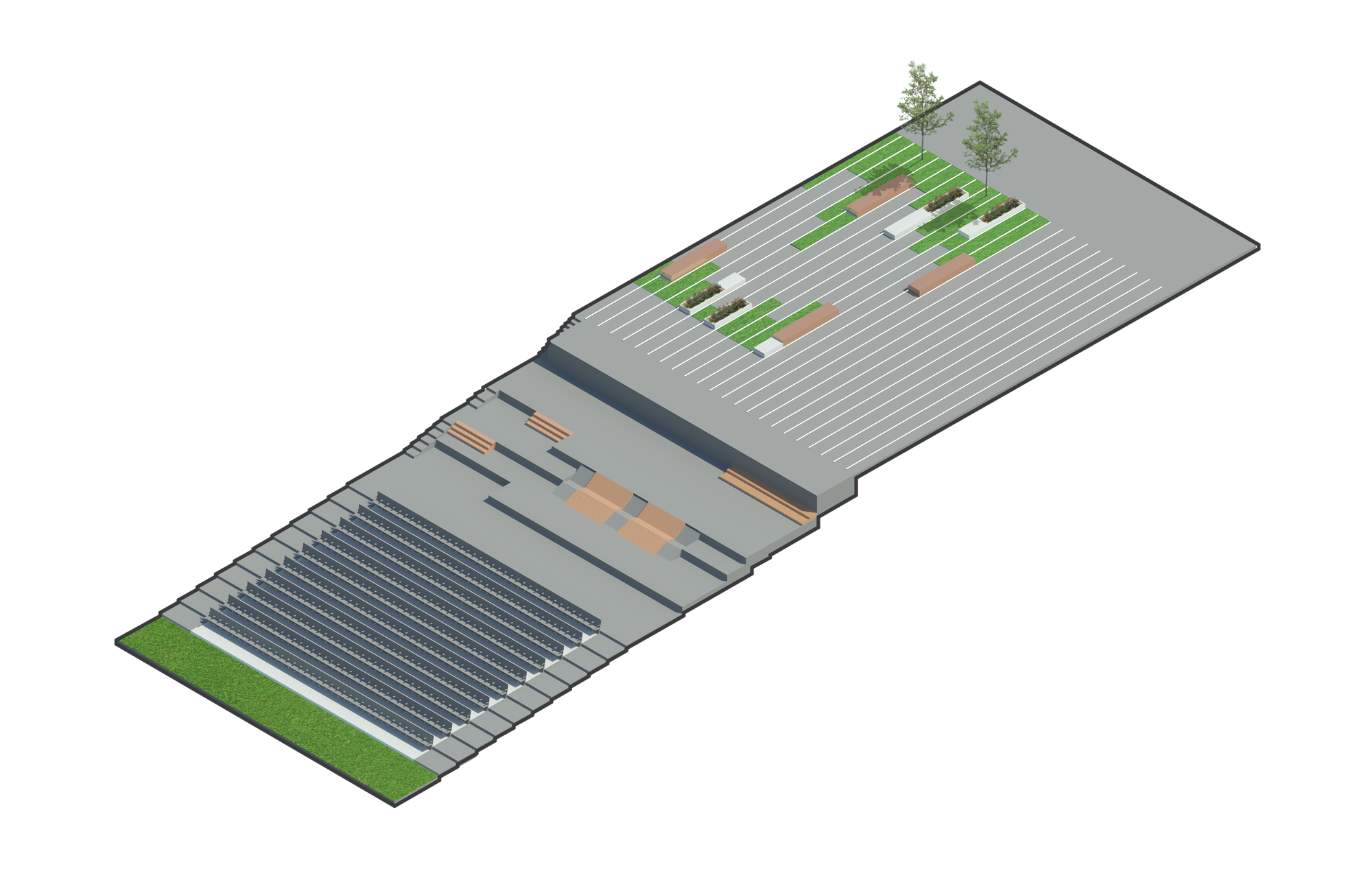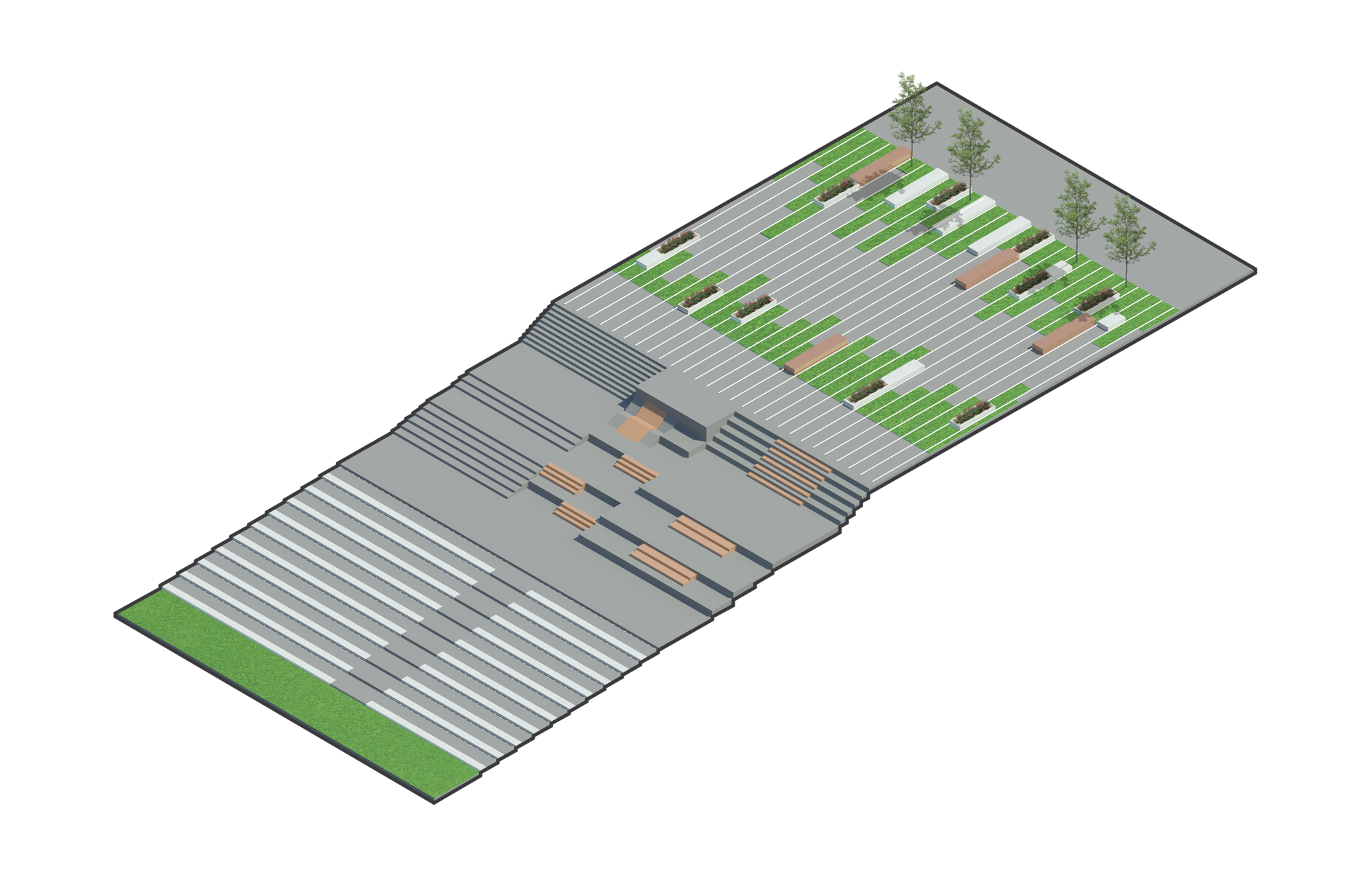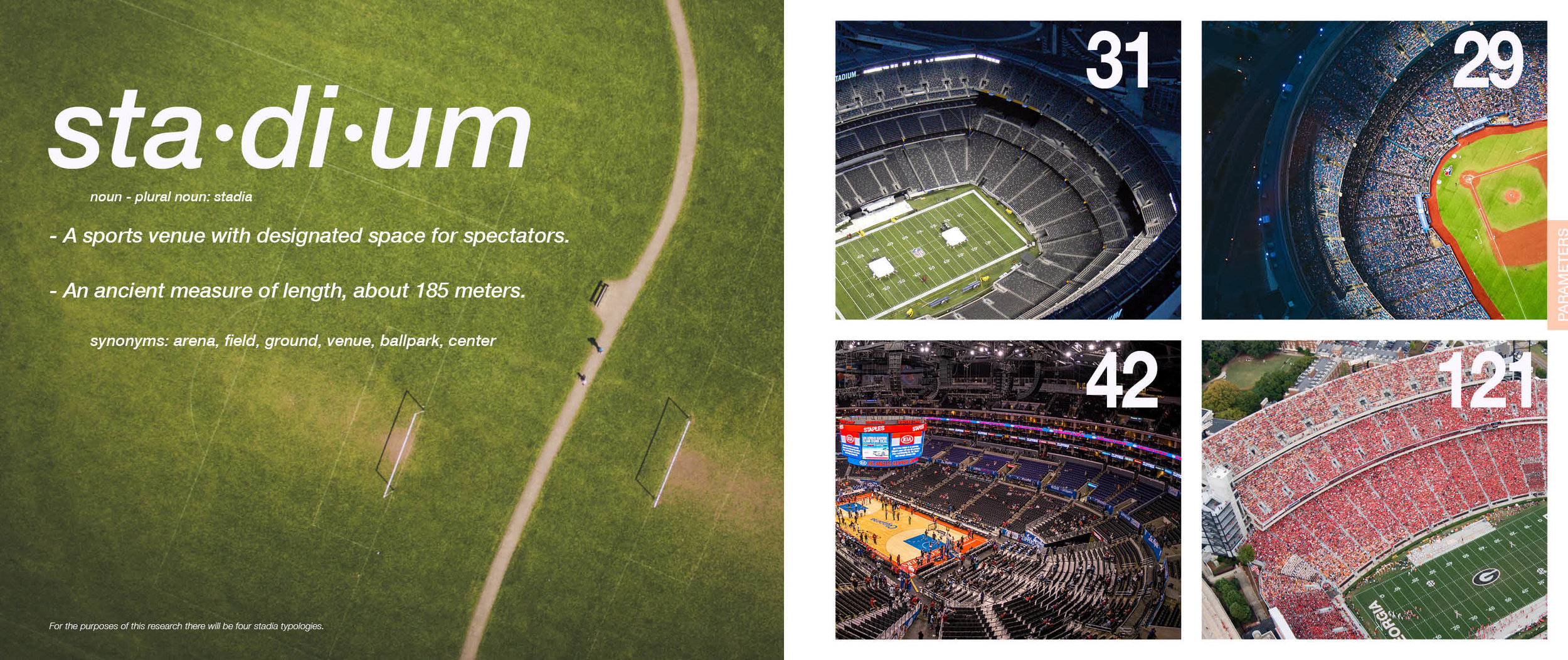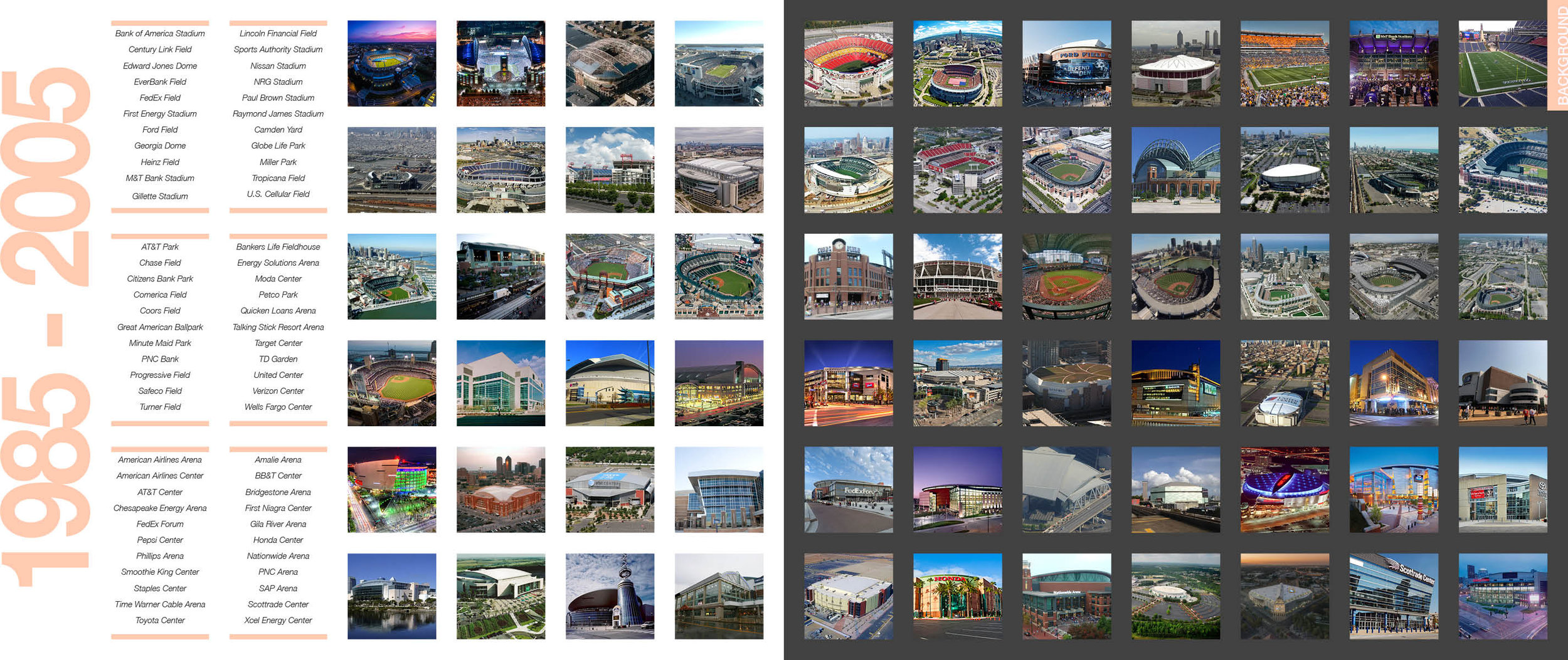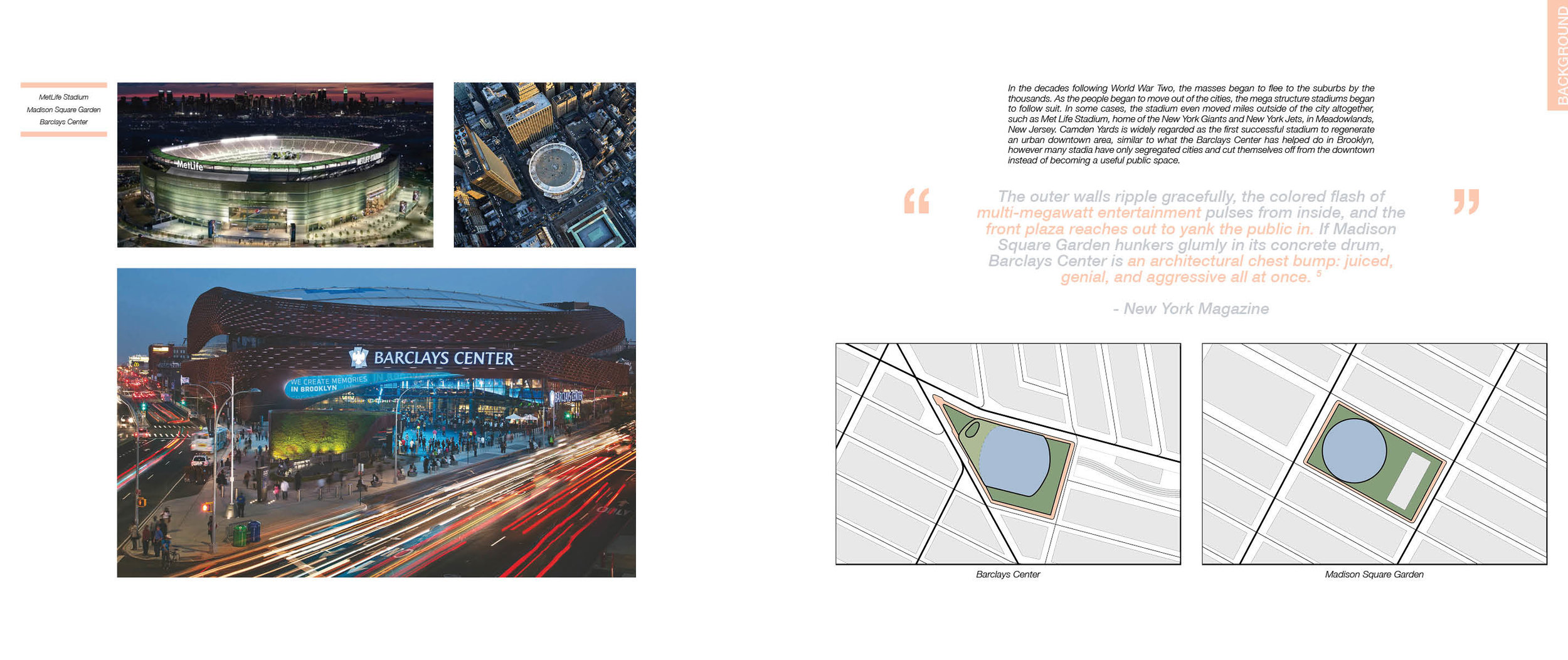
I am a Technical Program Manager, of Virtual Design & Construction at Rivian, with a background in Architecture & Construction currently based out of Denver, CO.
Growing up on the New Jersey Shore just a quick train ride away from the urban jungle that is Manhattan, I quickly realized my affinity for the built environment. This interest, combined with my creative instinct, knack for problem solving, and determined spirit lead me to pursue a degree in architecture.
Architecture School, specifically my job in the School's Digital and Manual Fabrication Shop, taught me the importance of the detail, no matter how small, which has carried over to my life both in and outside of the discipline. While not working I enjoy all things active, be it hiking, camping, snowboarding, scuba diving, traveling, and most importantly a desire to explore the unknown. My time living abroad, in London, England, has left a lasting impact, leaving a desire within me to constantly break outside my comfort zone, seeking new and exciting experiences.
In June 2016, that ability to break out of my comfort zone enabled me to pick up and move 1200 miles from home to pursue a passion for Sports Architecture, working for Populous, out of their Kansas City office. Since then I have had amazing opportunities to work on some amazing projects across the country. I have lived in Kansas City, New York City, and now Denver. I have worked on airports, stadiums, resorts, custom homes, academic buildings, manufacturing facilities, service centers, charging networks, retail spaces, and much more.
Over the years I have been fortunate to have incredible mentors, who have encouraged me to explore my passion for technology and innovation. That path has led me to my current role on the BIM and VDC side of Construction, leveraging my creative approach, and robust background to solve problems, increase efficiencies, create custom solutions, and rethink the way things are currently getting done in the AEC space.
Phone
(732) 266-5362
matthew.bunis@gmail.com
Location
Denver, CO
PROFESSIONAL EXPERIENCE
4 COMPANIES | 280+ Projects | 41 States
Over the course of my career I have had the incredible opportunity to leverage my creative problem solving, technical knowledge, and AEC experience on more than 280 projects. My work has crossed disciplines, typologies, and technologies, from airports to academic institutions, stadiums to spec homes, historic renovations to custom automated manufacturing solutions, retail showrooms to automotive plants, every project has been a chance to learn and grow. Click the images below to learn more about the incredible teams that I have been a part of.

RESUME & samples
Call (732) 266–5362 , or email at matthew.bunis@gmail.com with inquiries.
THE STATE OF STADIA
A Critical Analysis of the Modern Stadium.
The Modern Stadium is at a crossroads; it has simultaneously developed into one of the most iconic building types of our age, yet the typology as we know it is failing. Far too often over scaled and unadaptable, over budget and underutilized, the stadium has become recognized the world over as an encumbrance upon the towns, cities, countries, and societies which have built them. Seen as a white elephant, the modern stadium experienced a boom from 1985 to 2005, during which time, the typology further evolved from a simple concrete bowl into a billion dollar physical manifestation of perceived power. The basic bowl form has steadily transformed from the early Amphitheater in Ancient Athens, to the Coliseum in Ancient Rome, to the imposing stadia of today. In a time where the lines between virtual reality and physical reality are constantly being blurred, the bowl form of the stadium is forced to respond. Something needs to change. This thesis aims to dramatically rethink, reimagine, and reconsider the stadia typology as we currently understand it and critically project what the future of strategic stadia design might become. The typology must accept its role as a key piece of a larger plan while relinquishing its identity as an isolated monolithic monument. No longer will there be a need for such excess; instead stadia will become vital threads woven into the fabric of the societies which build them. Future stadia will need to be flexible yet practical, adaptable yet functional, and most importantly, multifaceted yet unified. Applicable program will need to be introduced, building footprints reduced, and communal impact increased to ensure a useful and longevous lifespan.
The research
A semester long study of the trends affecting stadium design, with a particular focus on professional American football stadiums. The resulting research book set the base upon which the design project responded to. All research was completed under the guidance of Thesis Advisor, Daekwon Park. The full research book featuring social, economic, historic, and projected trends can be found at the link below. Please contact with inquiries.
The DESIGN
The design solution was a direct response to the trends currently affecting the stadia typology. An urban stadium designed to become a vital piece of the urban fabric, year round. New York's Bryant Park was chosen as the project site. All design work was completed under the guidance of Thesis Advisor, Daekwon Park. Additional visualizations of the project can be found at the link below. Please contact with inquiries.
Sectional Overlay Study
Urban Esplanade as Concourse
NFL Stadia Contextual Study
Let's Get in Touch!
INSIGHT
A peak into some of the research I did, under the direction of John Shreve. The work focused on the rise of American Soccer on all levels. We examined the many economic, social, cultural, and global factors contributing to the recent rapid growth in nearly all facets of the sport. The image at left displays the global distribution of professional players on 2016 MLS teams.
All images are the property of Populous.

ACADEMIC work
A collection of my academic work at Syracuse University.

SKETCHES

Perspective
“No two persons ever read the same book.”
- Edmund Wilson
I have been fortunate enough to call many places home throughout my life. I have lived in North Carolina, New Jersey, New York, Israel, London, Missouri, and Colorado. My personal travels have taken me to four continents across the globe. The people I have met, lessons I have learned, and values I have fostered along the way continue to inform the person I have become. My time as a Syracuse University Global Ambassador instilled the importance of experiential learning in me, which has only increased since entering the world of a full time professional. Click below to hear about my perspective living in London without a cell phone.
Image by Adrian,














